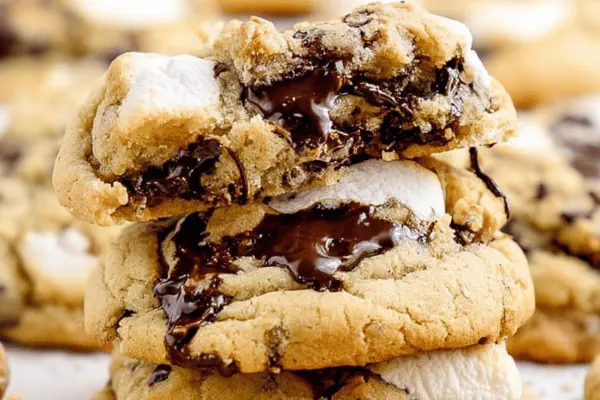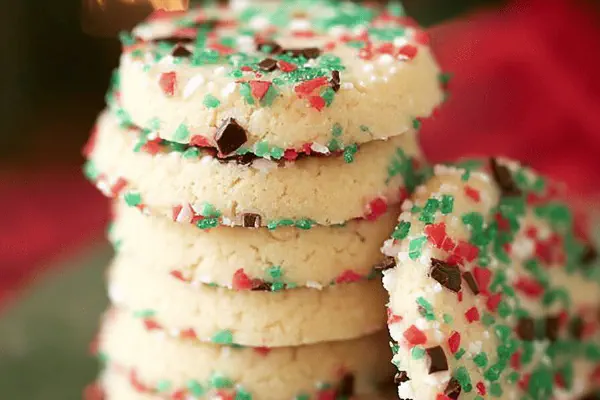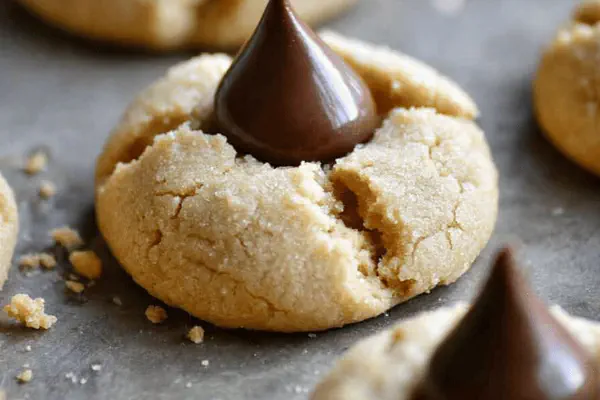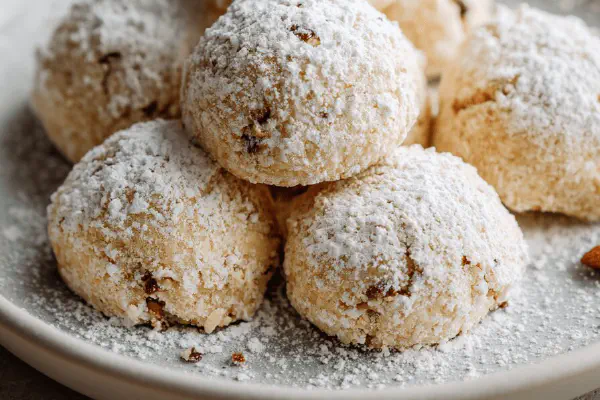Featured Recipe
Brown Butter Snickerdoodle Skillet
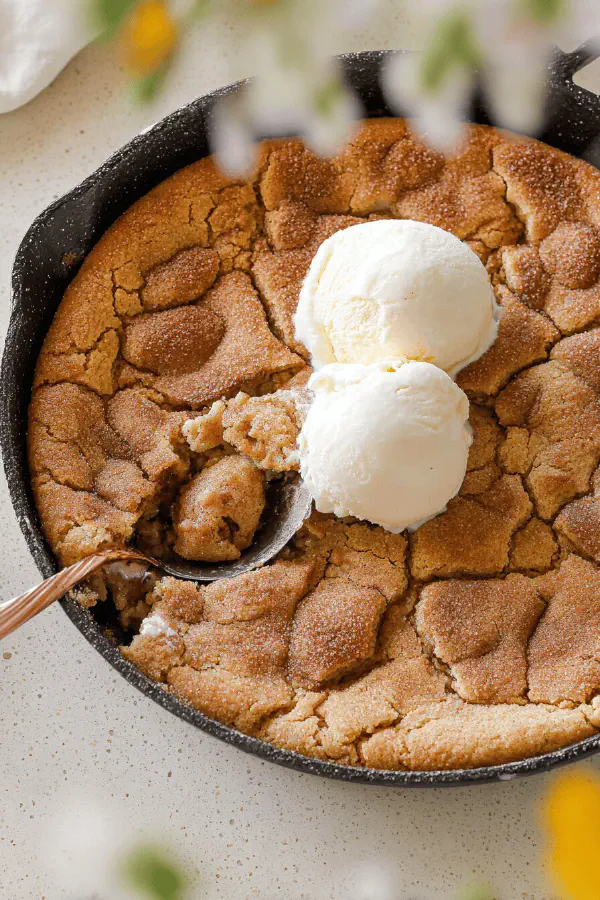
By Kate
"
Brown butter cooked until nutty, mixed with sugars, eggs, and a touch of milk for tender dough. Fold in dry mix just enough to keep air. Skillet lined with butter before dough spread flat. Cinnamon sugar sprinkle for that crackle, baked till golden edges soften but center jiggles. Cool longer than you want—crumb firms up, melts scoop of vanilla ice cream. Modified sugars and flours for better chew. Substituted light cream for milk and maple sugar for some brown sugar. Cinnamon plus ground cardamom added to topping for warmth. Watch for aroma turning nutty brown—signals browning butter done. Adjust bake if bubbling or edges burn. Dough thick, firm, can use parchment for cleaner release.
"
Prep:
12 min
Cook:
28 min
Total:
40 min
Serves:
6 servings
baking
desserts
cookies
Introduction
Brown butter carries everything here. Nutty, rich aroma fills kitchen early, key signal for success. Sugars swap: part brown replaced with maple sugar, deeper molasses hints, texture less dense than all brown. Cream over milk gives silkier dough with subtle fat boost. Folding dry in just until combined saves chew; no heavy over beating. Cinnamon topping dusted thick with cardamom cut heightens intrigue, more layered spice. Cast iron—why? Delivers even heat from edges inward, crisp bottom, soft middle. Timing varies; learn to trust eyes and touch. This isn’t a quick bar cookie. Patience after baking critical: that wait lets crumb firm without drying. Slice early, looks underdone — don’t panic. Reheat slices just before serving—melts ice cream right in. Classic snickerdoodles taken skillet route, elevated with butter technique, spices, and smart swaps—cook smarter, eat better.
Ingredients
About the ingredients
Butter browning matters. Watch and remove from heat just short of burnt. Use unsalted for control—salt added later if needed. Maple sugar swaps half brown sugar, gives moisture retention and different sweet notes; can use light brown if unavailable. Light cream instead of milk ups fat, improves dough elasticity and mouthfeel—full fat preferred, skim okay but drier. Flour sifted with baking soda and cream of tartar builds snickerdoodle’s classic tang—don’t skip acid base. Cardamom added for warmth and a hint of complexity behind cinnamon. Cinnamon sugar topping is not garnish; it adds crucial sweet spice crunch. Buttering skillet prevents sticking—important for wedges. No butter, use spray or line with parchment, but can mess with crisp edges. Egg and extra yolk add richness and chewiness—don’t omit yolk for fluffiness. Sugar ratios balance sweetness with chew, tweak based on preference.
Method
Technique Tips
Preheat and prep skillet early to save time. Butter spread thick, cover all surfaces to avoid stuck dough. Brown butter carefully; swirl constantly. Once deep amber, pull off—carryover heat cooks more; cooler butter improves sugar integration. Whisking sugars into warm butter helps dissolve granules, avoid gritty spots. Eggs added to cooled butter-sugar mix prevent cooking eggs prematurely. Combine dry ingredients in separate bowl; sifting aerates and mixes evenly. Folding dry gently avoids gluten overdevelopment—less tough cookie. Press dough evenly in skillet, don’t overwork surface or edges thin out. Toppings spread before bake—absorbed sugar caramelizes edges. Bake till center just set but jiggles slightly—test with gentle shake or toothpick near edge; sticky means more time. Cool fully or face gummy crumb. Reheat slices briefly for soft internal texture. Tent foil if top browns early but center raw. Learn signs rather than rely on clock; oven temps vary. Fork marks or cracks on top often signal doneness. Using cast iron skillet means edges crisp while inside tender—don’t confuse with overbake. Store cooled covered; stale if left exposed.
Chef's Notes
- 💡 Brown the butter slowly. Pipeline aromas build—nutty, deep—watch closely. Swirl pan; prevents black flecks. Remove when amber. Let cool a bit.
- 💡 Use light cream if milk isn’t in reach. Adds fat; enhances elasticity. Shortens baking time; dough becomes silkier. Don’t skip the yolk; adds richness.
- 💡 Watch baking closely; avoid burnt edges. Center should jiggle gently. Aroma signals readiness, not just time. Underbake slightly, cool to firm crumble.
- 💡 Sprinkling cinnamon sugar topping? Cover dough thickly. Sugars caramelize—don’t skimp. Save some for servings; flavor hits hard when reheated.
- 💡 Leftovers? Store sealed. Day-old—warm in microwave a few seconds. Keeps texture; prevents crumbling. Better to slice cooled; messy if hot.
Kitchen Wisdom
Why isn’t my cookie dough smooth?
Overmixing leads to tough texture. Fold gently. Thicker dough is normal. Don’t worry about lumps.
Can I substitute flours?
Yes, use gluten-free if needed. Adjust ratios maybe; watch moisture. Possible dense result; ensures flavor remains.
What if the edges burn?
Tent foil loosely over skillet. Slow down bake time. If center still jiggly, extend without fear; watch carefully.
How to serve?
Warm slices highlight flavor. Melts ice cream on hot bites. Reheat in small increments. Avoid drying out; check often.
